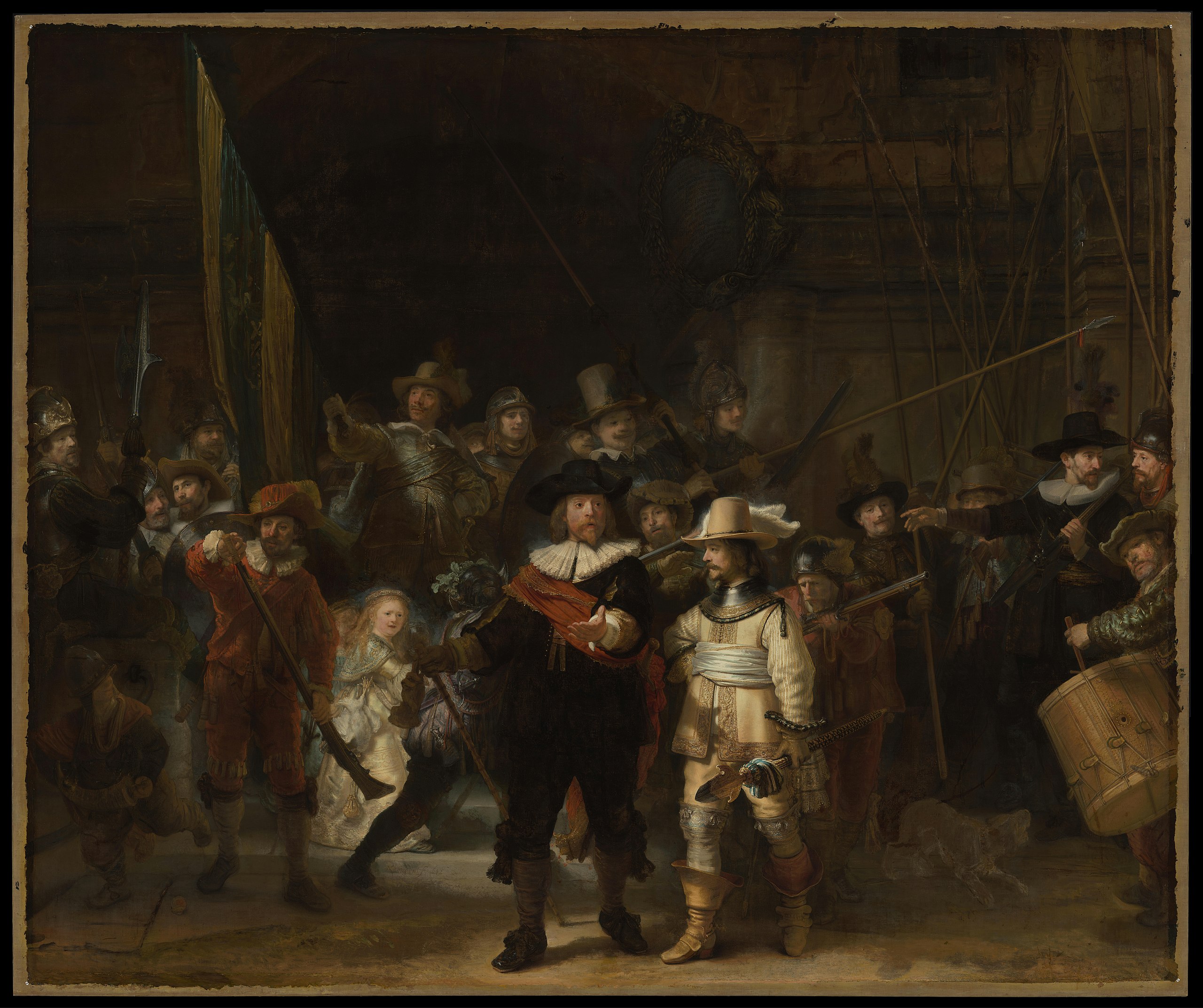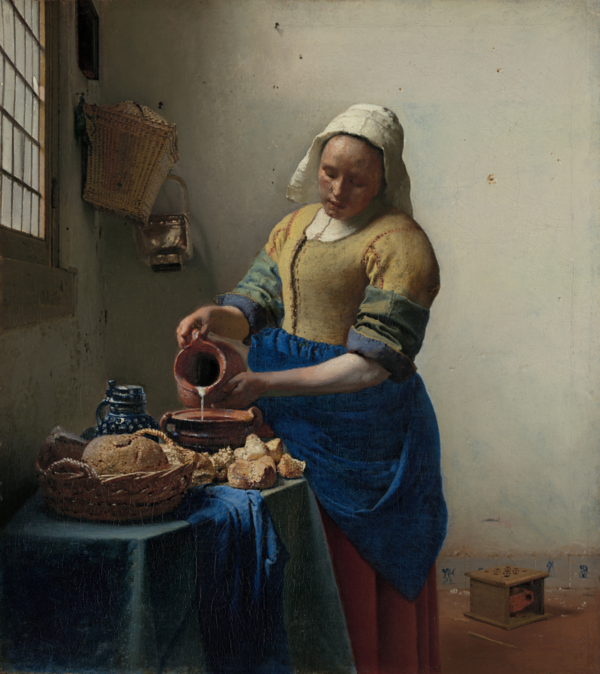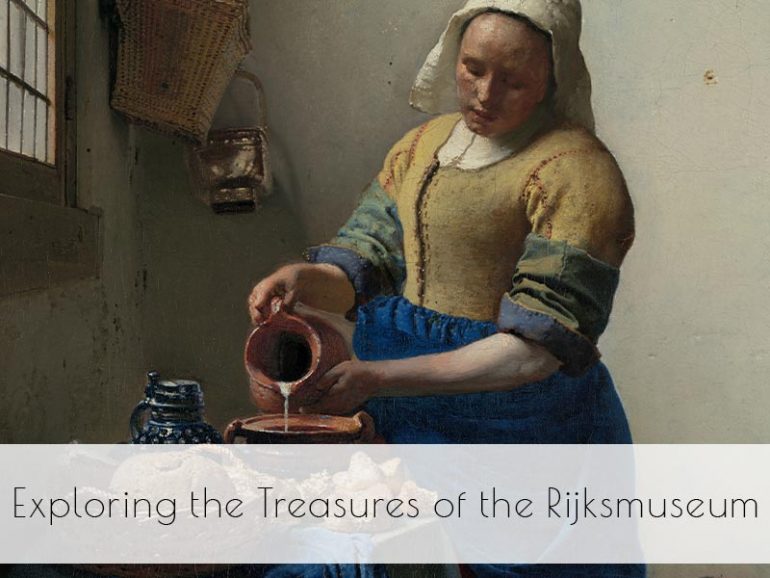The Rijksmuseum, the national museum of the Netherlands, stands as a beacon of art and culture in Amsterdam. For art students, it offers an unparalleled journey through the history of Dutch art and beyond. From its vast collection of masterpieces to its educational resources, the Rijksmuseum is a treasure trove waiting to be explored.
The Significance of the Rijksmuseum
The Rijksmuseum, founded in 1800 and relocated to its current building in 1885, is one of the most renowned art museums in the world. Its mission is to tell the story of 800 years of Dutch history through art and artifacts. The museum’s collection spans from the Middle Ages to the present day, with a particular emphasis on the Dutch Golden Age. For art students, the Rijksmuseum is not just a place to view art; it is a place to study, learn, and find inspiration.
The museum’s impressive neo-Gothic architecture, designed by Pierre Cuypers, is a masterpiece in itself. The building’s grandeur and intricate design provide a fitting backdrop for the treasures within. The Rijksmuseum also offers a range of educational programs, workshops, and lectures, making it an invaluable resource for art students looking to deepen their understanding of art history and techniques.
Masterpieces of the Rijksmuseum
The Rijksmuseum is home to thousands of works of art, but some pieces stand out as quintessential highlights of its collection. Here are four masterpieces that every art student should familiarize themselves with:
1. “The Night Watch” by Rembrandt van Rijn
“The Night Watch,” painted in 1642, is arguably the most famous painting in the Rijksmuseum. This monumental work by Rembrandt van Rijn is a masterpiece of the Dutch Golden Age. The painting depicts a group of city guards led by Captain Frans Banning Cocq and his lieutenant, Willem van Ruytenburch. What makes “The Night Watch” so remarkable is its dynamic composition and use of light and shadow, known as chiaroscuro. Rembrandt’s ability to capture movement and emotion brings the scene to life, making it a timeless study in the use of light and narrative in art.

2. “The Milkmaid” by Johannes Vermeer
Johannes Vermeer’s “The Milkmaid,” painted around 1658, is another gem of the Rijksmuseum. This small yet powerful painting depicts a domestic scene of a woman pouring milk. Vermeer’s exquisite use of light and colour, along with his meticulous attention to detail, makes this painting a masterclass in realism and composition. The simplicity of the subject matter belies the complexity of Vermeer’s technique, making “The Milkmaid” an essential study for understanding the subtleties of light and texture in painting.

3. “Self-Portrait” by Vincent van Gogh
Vincent van Gogh’s self-portraits are among the most iconic images in art history, and the Rijksmuseum is proud to house one of these masterpieces. Painted in 1887, this self-portrait captures Van Gogh’s intense gaze and expressive brushwork. The painting is a testament to Van Gogh’s unique style, characterized by bold colours and dynamic strokes. For art students, studying this self-portrait provides insight into Van Gogh’s emotional state and his innovative approach to portraiture.

4. “The Threatened Swan” by Jan Asselijn
Jan Asselijn’s “The Threatened Swan,” painted around 1650, is one of the most dramatic and symbolically rich works in the Rijksmuseum. The painting shows a swan fiercely defending its nest from a dog. The swan, rendered in striking white against a dark background, is a symbol of resistance and protection. This painting became an emblem of Dutch patriotism and is a powerful example of how art can convey political and social messages. The use of movement and the tension in the scene make it a compelling study in animal portraiture and symbolic art.

The Rijksmuseum’s Educational Resources
Beyond its collection of masterpieces, the Rijksmuseum offers a wealth of resources for art students. The museum’s library, one of the most extensive art libraries in the world, provides access to a vast array of books, journals, and digital resources. Students can delve into research on various art historical topics, gaining a deeper understanding of the context and techniques behind the works on display.
The Rijksmuseum also hosts numerous exhibitions and interactive installations, providing opportunities for students to engage with art in new and innovative ways. Workshops and masterclasses led by experts allow students to hone their skills and learn from practicing artists and scholars.
Furthermore, the Rijksstudio, the museum’s online platform, offers high-resolution images of the collection, allowing students to study and appreciate the details of the artworks from anywhere in the world. This digital resource is invaluable for students who wish to analyse and draw inspiration from the museum’s treasures in their own time.
The Rijksmuseum is more than just a museum; it is a gateway to the rich cultural heritage of the Netherlands and a source of inspiration for art students around the globe. Its collection, ranging from the masterpieces of Rembrandt and Vermeer to the evocative works of Van Gogh and Asselijn, provides a comprehensive overview of Dutch art history. By exploring these iconic works and taking advantage of the museum’s educational resources, art students can deepen their understanding of art and develop their own creative practices.
If you would like to receive a roundup of all of our blog posts once a week to keep you inspired in your inbox, why not sign up to our newsletter. You can access our sign up at the top of our page. If you are a London Art College student and you would like your artwork featured here, drop us a line at any time.

